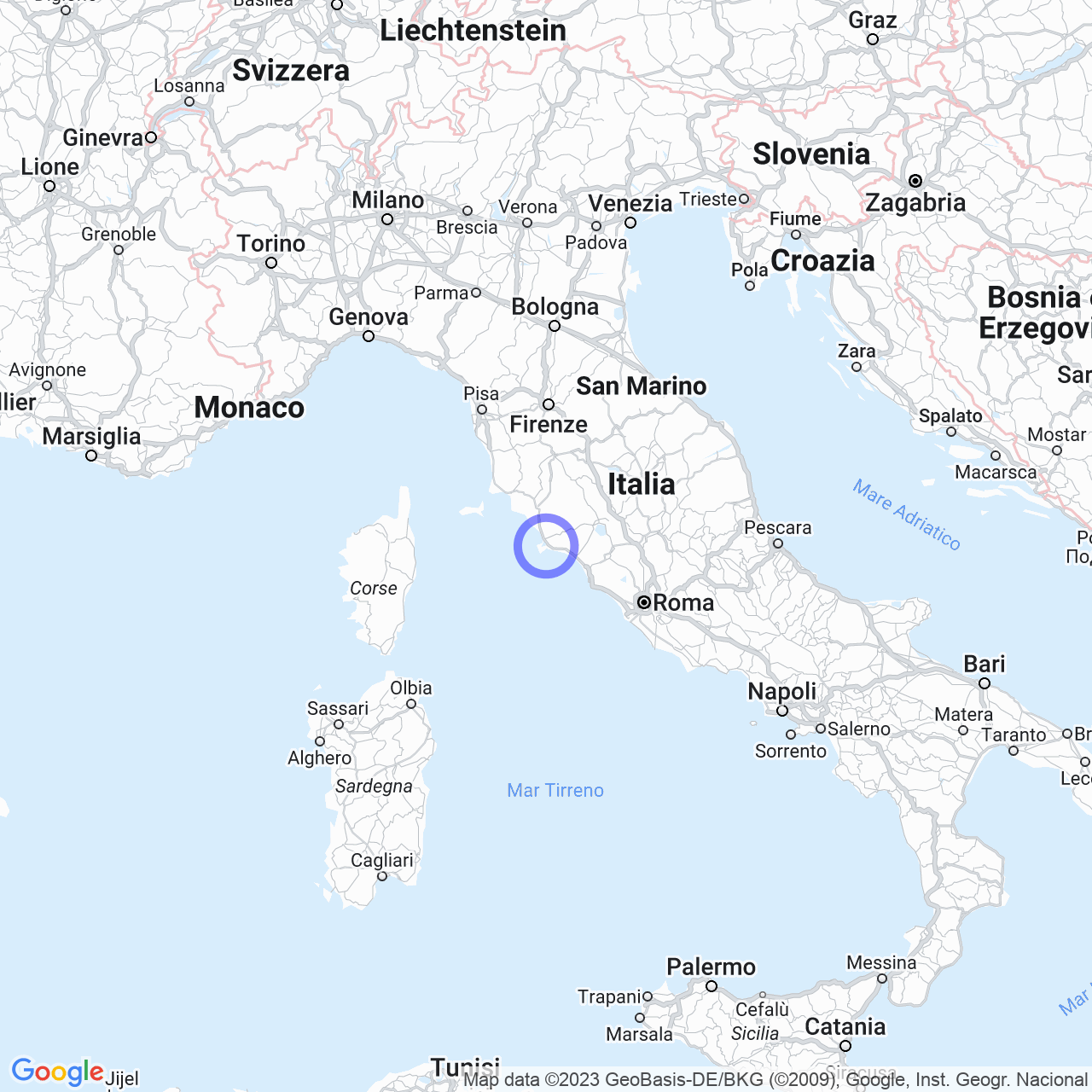Orbetello
Exploring Ansedonia, the tourist destination on the Tyrrhenian Sea
Hello everyone! Today I will take you on a journey to discover Ansedonia, a tourist destination located on the Tyrrhenian coast of Tuscany. Ansedonia is situated on the Promontory of Ansedonia, at the southeast limit of the comune of Orbetello, and extends near the ruins of the ancient Roman city of Cosa. But let's discover together more about this area full of monuments and places of interest!
The architectural beauties of Ansedonia
In the district of Ansedonia, there are several religious, civil, and military architectures that are of great historical and cultural interest. Among the religious architectures, we remember the Oratory of San Biagio alla Tagliata, a place of worship built on an ancient Roman mausoleum that deserves to be visited.
Among the civil architectures, we find the villa Tonda all'Oliveto, designed by the architect Oreste Martelli Castaldi in the 1970s, and the villa Ascarelli, designed by the Transit studio in 2002 and built on the slope of the hill of Ansedonia. But no less important is the villa Milone, built between 2005 and 2007, also by the Transit studio. All three villas are very particular and surprising, characterized by modern and minimalist architectural styles.
The military architectures are instead represented by various sighting and defense buildings, such as the Torre della Tagliata, the Torre di San Biagio, and the Torre di San Pancrazio. The Torre della Tagliata, built in the 16th century, was originally a medieval tower that was transformed into a dwelling after completing its defensive functions. It was also the home of the famous composer Giacomo Puccini, who wrote many of his works there, including Turandot.
The Torre di San Biagio, located near the so-called Spacco della Regina, was built in the Middle Ages as a sighting tower, and then reinforced by the Spanish in the 16th century. It is now an imposing and well-preserved ruin that is worth visiting. Finally, the Torre di San Pancrazio, built in the second half of the 16th century by the Spanish to strengthen the coastal defense system of the State of the Presidi, was used for sighting, defense, and offense functions until the beginning of the 19th century. Today the tower is incorporated into a private complex.

The beauty of the archaeological sites of Ansedonia
But the main attraction of Ansedonia is definitely its archaeological sites. The most important is undoubtedly the Roman city of Cosa, founded by the Romans in 273 BC as a colony and then completely abandoned in the 14th century. Here you can admire remains of the impressive cyclopean walls, the Roman forum, and the temple of Jupiter, all dating back to the Roman period.
The walls of Cosa, built in the 3rd century BC, extended for almost a mile and a half and were reinforced by eighteen towers. After the fall of the Roman Empire and its abandonment, the walls fell into disrepair until they were restored by the Aldobrandeschi counts in the 11th century, only to be abandoned again later. Fortunately, the city walls have been brought back to their ancient splendor thanks to a long restoration that ended at the end of the 20th century.
Not far from Cosa is the villa Settefinestre, dating back to the 1st century BC and modified in the 15th century. Although it is not an archaeological site in the strict sense, this villa is an important example of architecture in the area and is definitely worth a visit.
Conclusion
So, here is a brief guide to the attractions you will find in Ansedonia. It is a tourist destination that I strongly recommend visiting, especially if you are passionate about history and culture. You won't regret it!
